|
| |
|
|
|
|
| 1 |
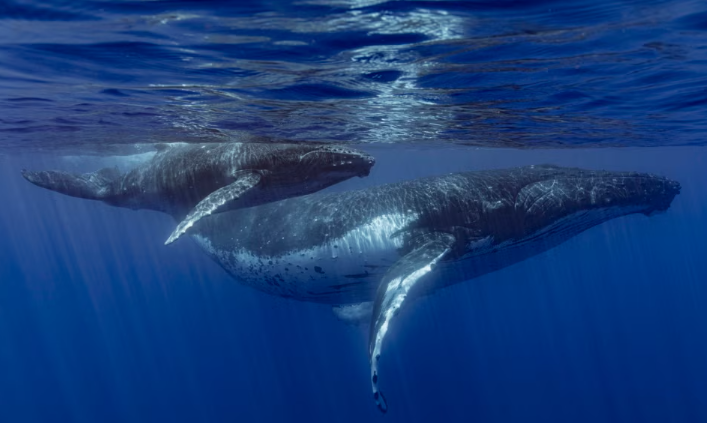 |
639 R 1254 C How Do Whales Sing?
Scientists have discovered how baleen whales produce their underwater songs. The study, published in Nature, reveals that baleen whales use a unique voice box to make sounds. Researchers from the University of Southern Denmark examined the larynxes of three dead whales - humpback, minke, and sei - f...
|
|
VOCA
READING
BLOCK
ORDER
더빙연습 |
|
| 2 |
 |
766 R 773 C Dogs Can Link Words to Objects
A study in Hungary has shown that dogs can link specific words to objects, a concept known as referential understanding, previously unproven in dogs. The peer-reviewed study, published in "Current Biology," involved 18 dogs and used non-invasive EEG to monitor their brain activity. Owners played aud...
|
|
VOCA
READING
BLOCK
ORDER
더빙연습 |
|
| 3 |
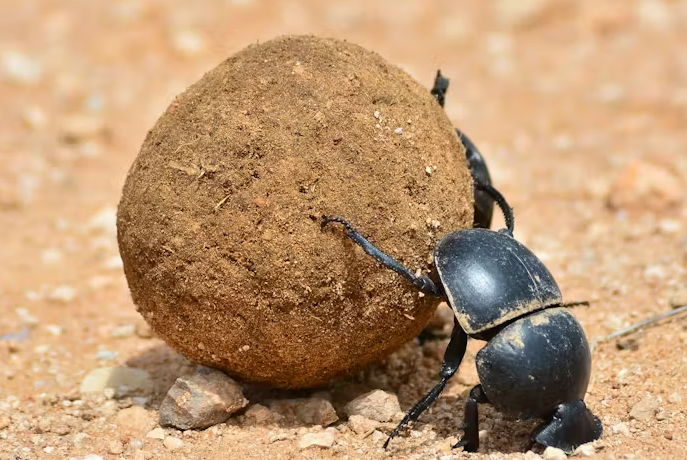 |
1035 R 1311 C Heroes of the Ecosystem: Dung Beetles
Each day, the animal kingdom produces massive amounts of dung, but thanks to over 7,000 species of dung beetles, this waste is efficiently managed. These beetles, found on every continent except Antarctica, can bury up to 250 times their body weight in dung in just one night.
Dung beetles fall in...
|
|
VOCA
READING
BLOCK
ORDER
더빙연습 |
|
| 4 |
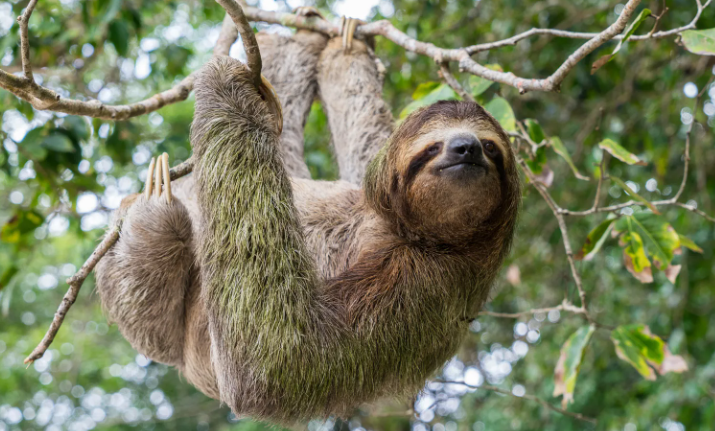 |
1081 R 1403 C Why Sloths Are Slow.
In 1796, Thomas Jefferson received bones he couldn't identify, leading him to suspect they belonged to a massive North American lion. However, the bones actually came from an extinct giant sloth, part of a group of prehistoric ground sloths that roamed the Americas for millions of years. These sloth...
|
|
VOCA
READING
BLOCK
ORDER
더빙연습 |
|
| 5 |
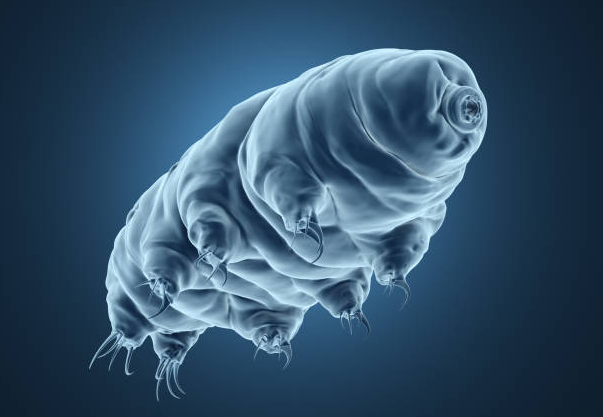 |
1106 R 1452 C Tardigrade: Surviving the Extremes
Despite its small size and appearance similar to a chubby, eight-legged gummy bear, the tardigrade can endure extreme heat, cold, radiation, and even the vacuum of space. It can survive without water for decades by entering a state called anhydrobiosis, where it curls into a ball, known as a tun sta...
|
|
VOCA
READING
BLOCK
ORDER
더빙연습 |
|
| 6 |
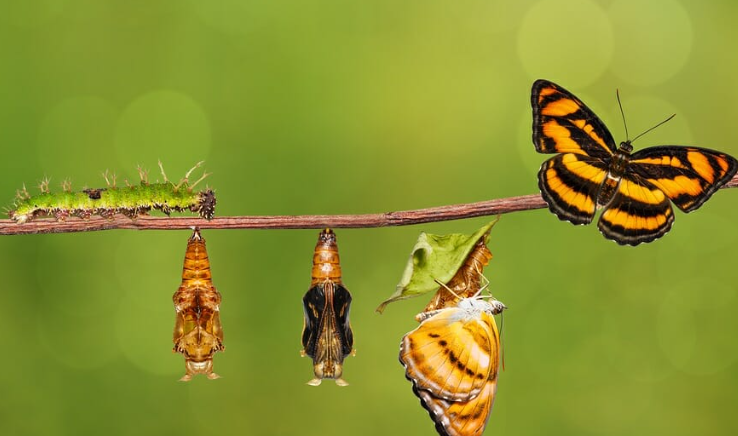 |
984 R 1209 C Understanding Complete Metamorphosis
A caterpillar transforms into a butterfly through a process called complete metamorphosis, which involves the caterpillar's body dissolving and being rebuilt from its own internal cells. This process is common among insects, with about 85% of insect species undergoing such a transformation. Initiall...
|
|
VOCA
READING
BLOCK
ORDER
더빙연습 |
|
| 7 |
 |
930 R 1100 C Understanding Insects Through Their Mouthparts
Insects have nearly a million known species, but most have one of five common types of mouthparts, which can help scientists identify and understand them. The most primitive and common type is the chewing mouthpart, found in ants, grasshoppers, dragonflies, and beetles. It features mandibles with to...
|
|
VOCA
READING
BLOCK
ORDER
더빙연습 |
|
| 8 |
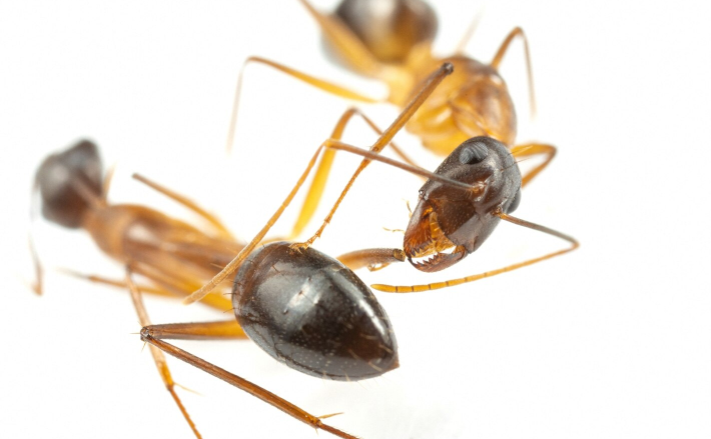 |
959 R 1158 C Ants Perform Life-Saving Amputations
Human doctors perform amputations to prevent infections, but research shows that ants also perform similar procedures. Florida carpenter ants (Camponotus floridanus) have been observed amputating injured limbs of fellow ants to help them survive. Scientists noticed that the ants clean wounds or ampu...
|
|
VOCA
READING
BLOCK
ORDER
더빙연습 |
|
| 9 |
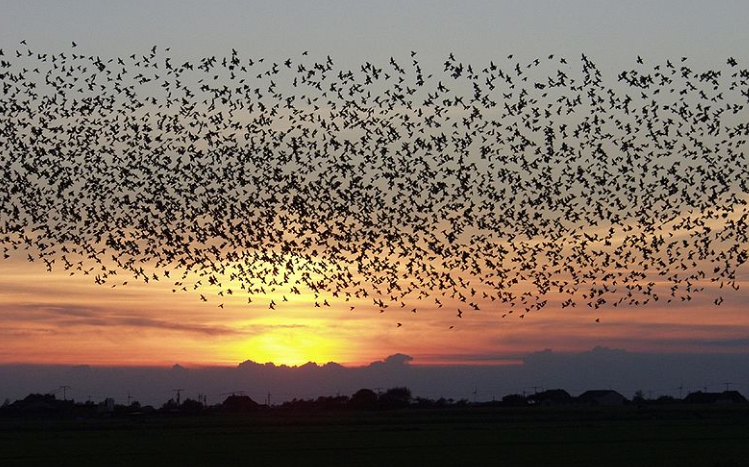 |
893 R 1027 C Why Animals Form Swarms
Swarms occur when many individual organisms, like locusts, birds, or ants, come together and move as a coordinated group without a leader. Each member of the swarm follows simple rules: travel in the same direction as those nearby, stay close, and avoid collisions. This behavior provides several ben...
|
|
VOCA
READING
BLOCK
ORDER
더빙연습 |
|
| 10 |
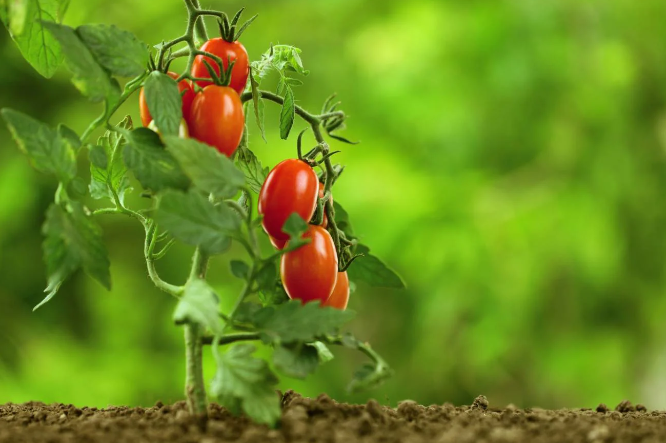 |
1027 R 1294 C How Plants Defend Themselves from Predators
Plants, despite being immobile, have developed a variety of sophisticated defenses to protect themselves from herbivores and pathogens. These defenses include both physical barriers and chemical responses. For instance, a tomato plant can release chemicals that not only repel insects but also alert ...
|
|
VOCA
READING
BLOCK
ORDER
더빙연습 |
|
| 11 |
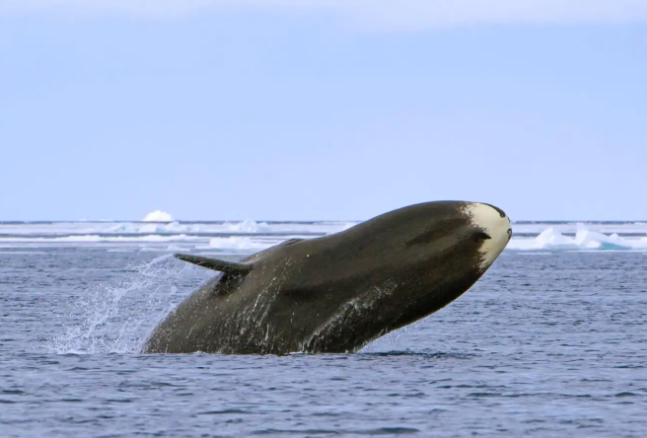 |
957 R 1154 C Why Do Animals Have Such Different Lifespans?
Animals have vastly different lifespans due to various factors, including environment, body size, and genetics. For example, the tiny C. elegans worm lives just a few weeks, while the bowhead whale can survive for up to 200 years, and the Greenland shark over 400. Aging, caused by the gradual failu...
|
|
VOCA
READING
BLOCK
ORDER
더빙연습 |
|
| 12 |
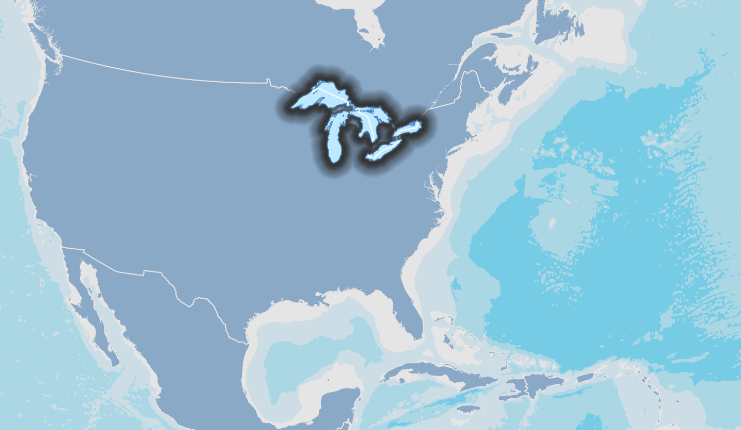 |
979 R 1199 C The Great Lakes: A Vital Natural Resource
The Great Lakes—Huron, Ontario, Michigan, Erie, and Superior—are vast bodies of freshwater that span eight U.S. states and contain nearly 20% of the world's surface freshwater. These lakes, formed over 10,000 years ago as glaciers retreated, support diverse ecosystems and provide essenti...
|
|
VOCA
READING
BLOCK
ORDER
더빙연습 |
|
| 13 |
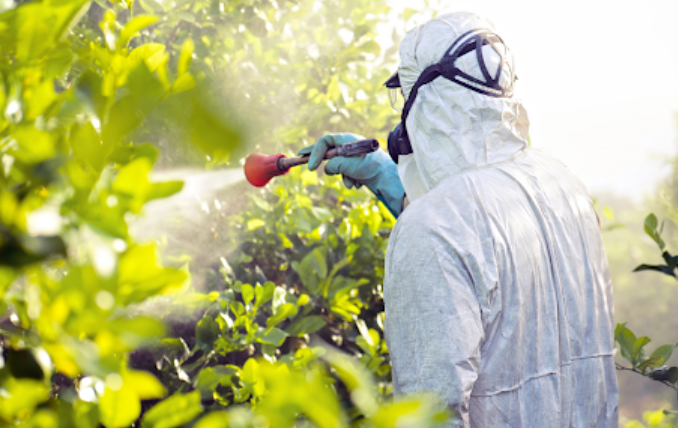 |
900 R 1040 C The Necessity and Controversy of Pesticides
Pesticides have played a crucial role in preventing agricultural disasters, such as the devastating potato blight in 1845 Ireland. These chemicals control pests, weeds, fungi, and bacteria that threaten crops, making them essential in modern monoculture farming. However, the widespread use of pestic...
|
|
VOCA
READING
BLOCK
ORDER
더빙연습 |
|
| 14 |
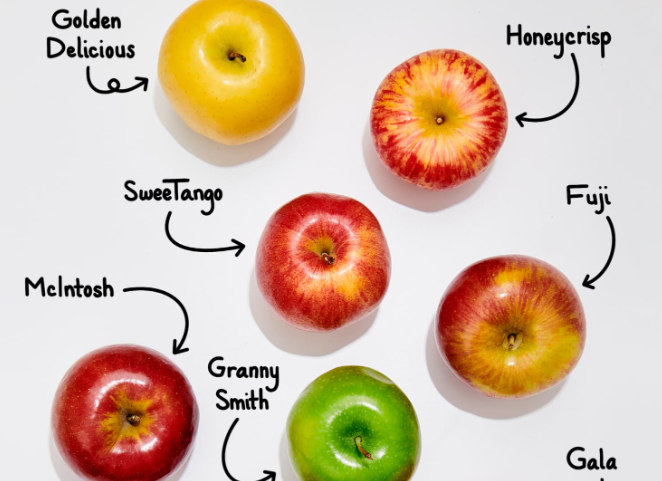 |
997 R 1235 C Why Are There So Many Apple Varieties?
The wide variety of apple types available in stores, like SnapDragon, Cosmic Crisp, and Granny Smith, is the result of extensive fruit breeding. There are over 7,500 apple varieties globally, created to meet the preferences of both farmers and consumers. Farmers seek apples that are disease-resistan...
|
|
VOCA
READING
BLOCK
ORDER
더빙연습 |
|
| 15 |
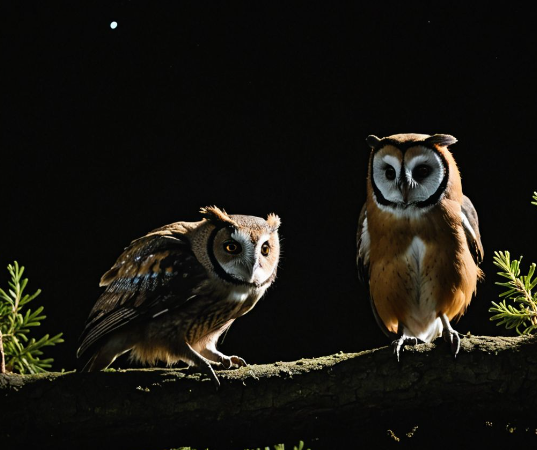 |
842 R 925 C How Do Animals See at Night?
Nocturnal animals, unlike humans, can see well at night due to specialized adaptations in their eyes that compensate for low light conditions. These adaptations include larger eyes, like those of the tarsier, which allow more light to enter; reflective structures, such as the tapetum lucidum in cats...
|
|
VOCA
READING
BLOCK
ORDER
더빙연습 |
|
| 16 |
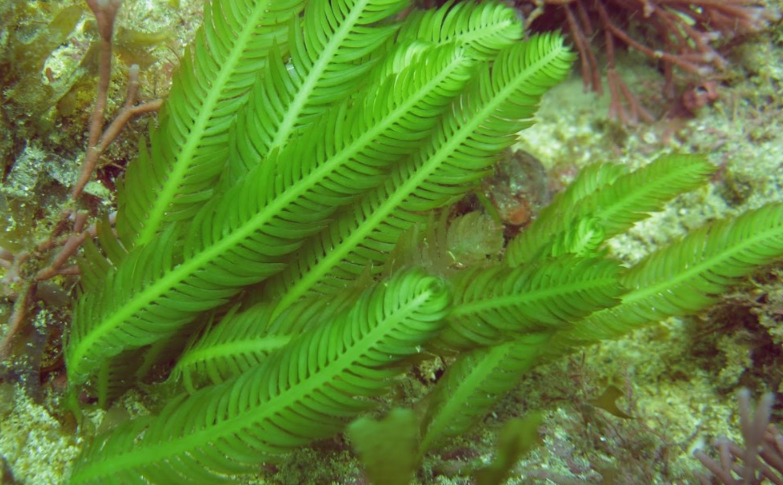 |
862 R 965 C The Largest Single-Celled Organism
The largest single-celled organism in the world is Caulerpa taxifolia, a green algae that can grow up to 30 centimeters long. Unlike most cells, which are limited in size due to the relationship between their surface area and volume, Caulerpa taxifolia overcomes this limitation through unique adapta...
|
|
VOCA
READING
BLOCK
ORDER
더빙연습 |
|
| 17 |
 |
883 R 1007 C Can Plants Communicate?
Plants, despite lacking nervous systems, can communicate with each other through chemical signals, both in the air and soil. When plants are attacked, they release volatile chemicals that can be detected by nearby plants, prompting them to strengthen their defenses. For example, when sagebrush leave...
|
|
VOCA
READING
BLOCK
ORDER
더빙연습 |
|
| 18 |
 |
826 R 893 C Why Do Cats Act So Weird?
Cats exhibit behaviors that may seem strange or amusing, but these actions are rooted in instincts developed over millions of years as both predators and prey. In the wild, cats relied on their climbing skills to spot prey, hunted small animals frequently, and sharpened their claws for survival. The...
|
|
VOCA
READING
BLOCK
ORDER
더빙연습 |
|
| 19 |
 |
884 R 1009 C Why Is Mount Everest So Tall?
Mount Everest, known for its towering height of 8,850 meters above sea level, is the highest point on Earth, though not the tallest from base to summit (a title held by Mauna Kea). Everest's immense height is the result of a collision between the Indian and Eurasian continental plates around 50 mill...
|
|
VOCA
READING
BLOCK
ORDER
더빙연습 |
|
| 20 |
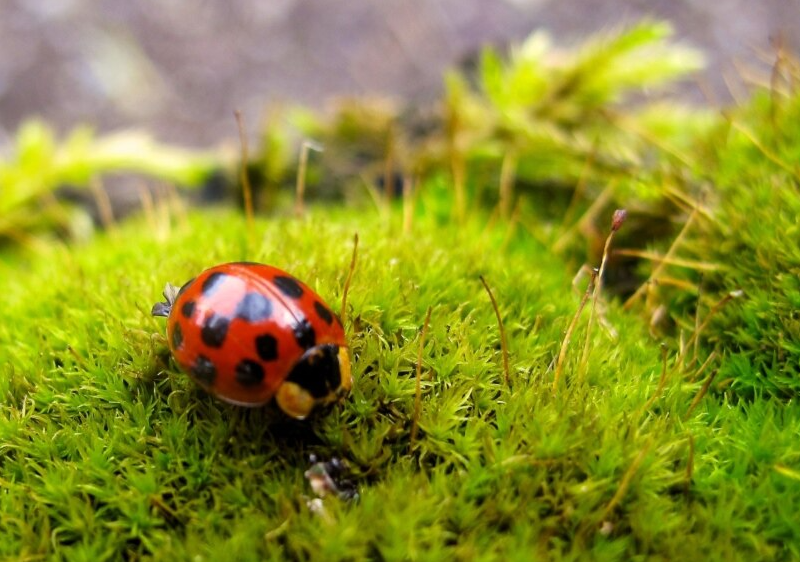 |
812 R 865 C Why Are There So Many Insects?
Insects are incredibly abundant, with an estimated 10 quintillion individual insects on Earth and over a million known species. Their success can be attributed to several factors, including their high reproductive rates, rapid maturation, and vast genetic diversity, which allow them to adapt to a wi...
|
|
VOCA
READING
BLOCK
ORDER
더빙연습 |
|
| 21 |
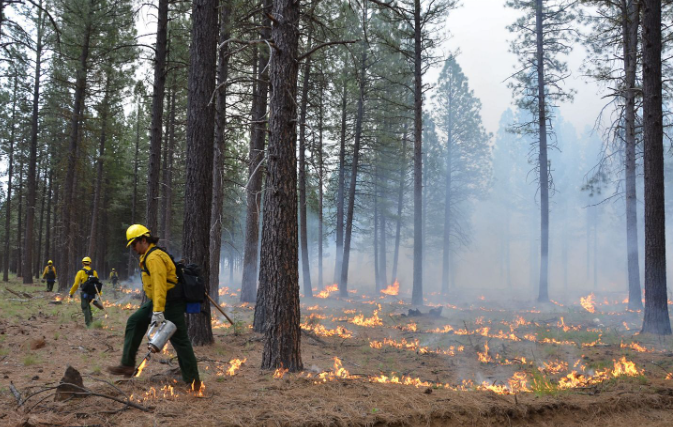 |
884 R 1008 C Why Certain Wildfires Are Necessary
Wildfires, although often seen as destructive, are essential for the health of certain forest ecosystems, particularly in conifer-rich areas like western North America. Some trees, such as lodgepole pines, have adapted to rely on fire for their regeneration. These trees produce two types of cones: r...
|
|
VOCA
READING
BLOCK
ORDER
더빙연습 |
|
| 22 |
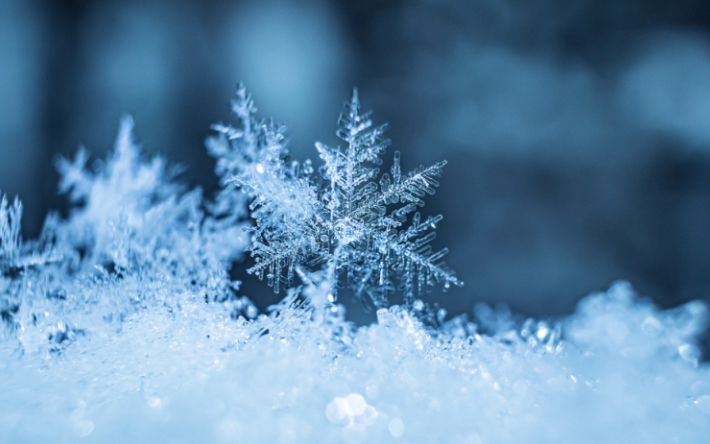 |
900 R 1041 C The Science of Snowflakes
Snowflakes are unique, six-sided structures formed when water vapor turns directly into ice, unlike ice cubes, which form from liquid water freezing into a solid. The six-sided shape of snowflakes arises from the molecular structure of water, where hydrogen bonds create a hexagonal pattern as water ...
|
|
VOCA
READING
BLOCK
ORDER
더빙연습 |
|
| 23 |
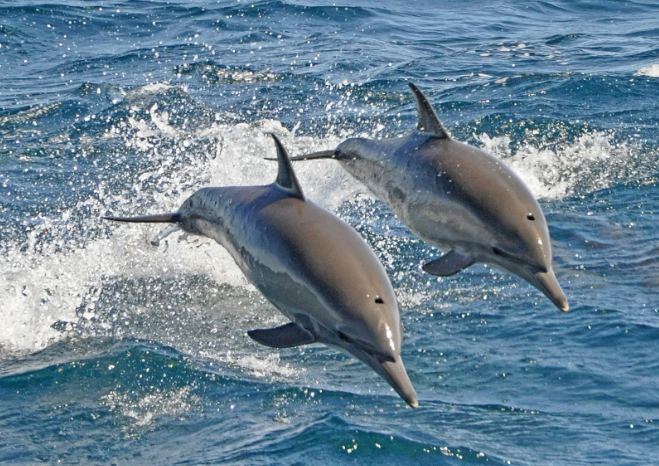 |
981 R 1203 C How Smart Are Dolphins?
Dolphins are among the most intelligent animal species on Earth, with large and complex brains that enable them to form intricate social networks, communicate effectively, and exhibit advanced behaviors such as tool use, cooperation, and cultural transmission. For example, dolphins have been observe...
|
|
VOCA
READING
BLOCK
ORDER
더빙연습 |
|
| 24 |
 |
914 R 1068 C A Dog’s Nose: A World Beyond Ours
Dogs experience the world through their noses. Their moist nose captures smells carried by the air. Dogs can smell with each nostril separately, helping them find where a scent comes from. Inside their nose, air is divided into two paths—one for breathing and one for smelling. Dogs have millio...
|
|
VOCA
READING
BLOCK
ORDER
더빙연습 |
|